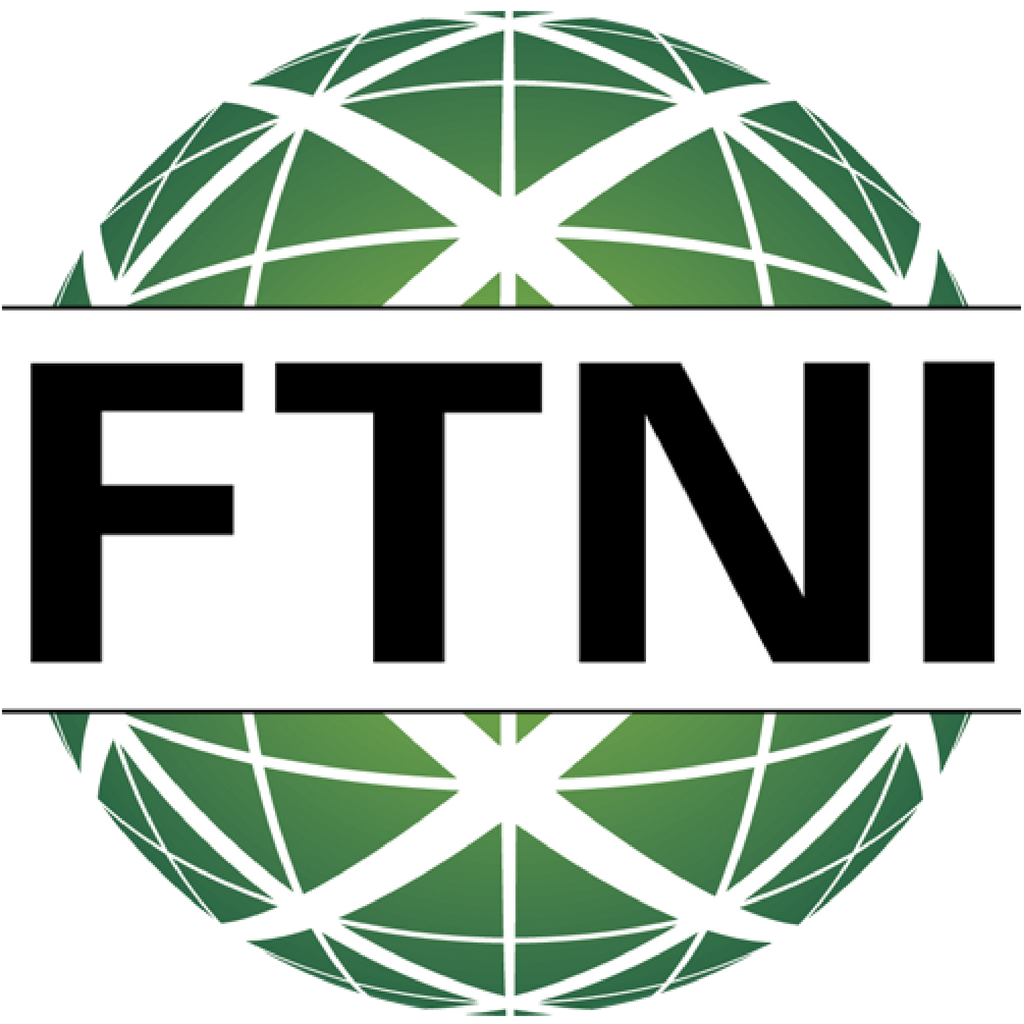
Ninety-two percent of B2B organizations are digitizing their payment solutions.1
Over the past several years, B2B payment processing operations have significantly shifted from paper-based payment
Traditionally, B2B organizations have heavily relied on paper-based payment methods and channels including checks, remittance documents and invoices. However, the inefficiencies associated with these traditional methods have also driven the demand for more efficient payment processing and cash application solutions.
Driving the Change with Cloud-based Technology
Cloud-based payment processing technology has revolutionized the way businesses accept, process, post and manage incoming payments.
With cloud-based A/R technology that delivers the ability to accept any payment method (check, ACH/EFT, credit/debit card, cash) from any payment channel (mailed-in, lockbox, called-in, in-person, online, mobile), businesses are able to automate and accelerate payment processing and cash application operations from a single platform.
And, when it comes to online payment and electronic invoicing solutions, a cloud-based receivables platform is able to provide a single location for all incoming payment information to be securely and compliantly stored for processing and posting. Businesses are able to display invoice information electronically via an online payment portal that is seamlessly integrated with a cloud-based A/R platform to provide customers with the ability to conveniently view and pay outstanding invoices electronically.
What is Electronic Invoicing?
Electronic invoicing, or Electronic Invoice Presentment and Payment (EIPP), delivers businesses the ability to stand up an online payment portal for customers to conveniently view and pay outstanding invoices.
Unlike traditional paper invoicing methods, electronic invoicing allows businesses the ability to display customer information and invoice data via an online interface. Through batch file or real-time API calls, businesses are able to transmit open invoice information and present line item or summary level invoices within the interface for customers to view and pay.
Benefits of Electronic Invoicing and Online Payments
Online payment acceptance solutions deliver multiple ways for businesses to securely accept one-time and recurring ACH and credit/debit card payments from customers, and automatically post the transaction details to any back-office system.
With an online payment solution that delivers EIPP capabilities, customers are able to conveniently make payments online, when and where they want. Self-service online payment solutions provide customers a way to make contactless payments electronically, while also providing businesses’ back-office A/R staff with complete, centralized oversight of all incoming payment information.
Electronic invoicing and online payment solutions deliver businesses with numerous benefits including speed, accuracy, cost savings and convenience.
One of the most noticeable advantages is speed. Electronic invoicing and online payment acceptance eliminates the delays associated with traditional paper-based payment acceptance and processing. A/R teams no longer have to manually send out paper invoices, which in turn, allows electronic payments to be sent and received instantaneously—leading to faster payment cycles and improved cash flow.
Accuracy is another crucial benefit. Automated payment systems with EIPP capabilities help to reduce human errors in data entry and back-office reconciliation operations, ensuring that invoices are accurate and discrepancies are minimized. Online payment solutions also provide accurate and real-time updates on payment statuses, reducing the chances of miscommunication or errors in the payment and reconciliation process.
Additionally, electronic invoicing can result in substantial cost savings. By eliminating the need for paper, printing, and postage, businesses can significantly reduce their operational expenses. Moreover, the automation of invoicing processes frees up valuable time for employees, allowing them to focus on more strategic tasks.
Most importantly, electronic invoicing and online payment acceptance enhances the user experience and customer convenience. By streamlining processes and providing easy access to financial information, these systems allow users to manage their invoices and payments from any location, at any time.
___________________________
According to The Federal Reserve, 75% of the more than 25 billion invoices exchanged annually still require manual processing, costing businesses approximately $200 billion every year.3
The shift from traditional paper-based invoicing and payment methods to electronic is allowing businesses to not only save costs, but also more efficiently accept, process and post incoming payments across their A/R organization.
This evolution of electronic payment acceptance and processing, driven by technological advancements, offers substantial benefits in terms of speed, accuracy, cost savings and convenience. As businesses continue to embrace digital transformation in back-office receivable processing, the adoption of electronic invoicing and online payment acceptance is set to become the standard, enabling more efficient, secure and streamlined A/R operations.
By leveraging these technologies, businesses can not only improve their cash flow and operational efficiencies, but also enhance customer satisfaction and build a more resilient and agile payment infrastructure for the future of their business.
____________________________
1. Fit Small Business | 22 B2B Payment Statistics & Trends in 2024, May 2024
2. PYMNTS Report | THE AR TRANSFORMATION SOLUTION: Easing And Accelerating Payments From Business Customers, January 2023
3. The Federal Reserve | Modernizing B2B Payments: The Time for Digitalization is Now, 2024
